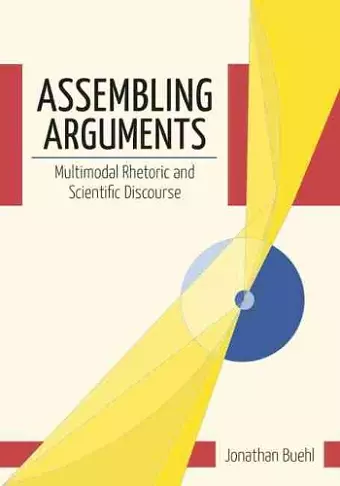Assembling Arguments
Multimodal Rhetoric and Scientific Discourse
Format:Hardback
Publisher:University of South Carolina Press
Published:30th Jan '16
Currently unavailable, our supplier has not provided us a restock date

Scientific arguments--and indeed arguments in most disciplines--depend on visuals and other nontextual elements; however, most models of argumentation typically neglect these important resources. In Assembling Arguments, Jonathan Buehl offers a concentrated study of scientific argumentation that is sensitive to both the historical and theoretical possibilities of multimodal persuasion as it advances two related claims. First, rhetorical theory--when augmented with methods for reading nonverbal representations--can provide the analytical tools needed to understand and appreciate multimodal scientific arguments. Second, science--an inherently multimodal enterprise--offers ideal subjects for developing general theories of multimodal rhetoric applicable across fields.
In developing these claims, Buehl offers a comprehensive account of scientific persuasion as a multimodal process and develops a simple but productive framework for analysing and teaching multimodal argumentation. Comprising five case studies, the book provides detailed treatments of argumentation in specific technological and historical contexts: argumentation before World War I, when images circulated by hand and by post; argumentation during the mid-twentieth century, when computers were beginning to bolster scientific inquiry but images remained hand-crafted products; and argumentation at the turn of the twenty-first century--an era of digital revolutions and digital fraud.
Each study examines the rhetorical problems and strategies of specific scientists to investigate key issues regarding visualization and argument:
- Establishing new instruments as reliable sources of visual evidence.
- Creating novel arguments from reliable visual evidence.
- Creating novel arguments with unreliable visual evidence.
- Preserving the credibility of visualization practices.
- Creating multimodal artifacts before and in the era of digital circulation.
ISBN: 9781611175615
Dimensions: unknown
Weight: unknown
288 pages